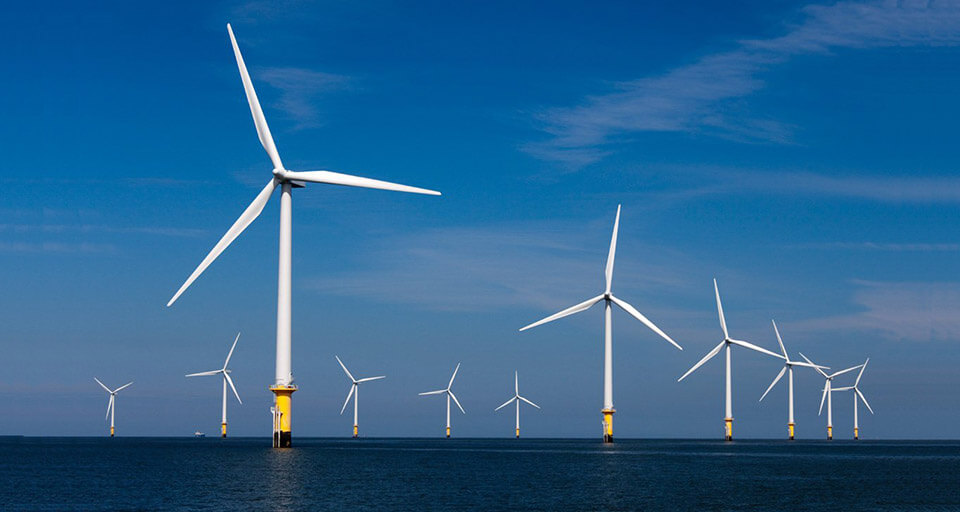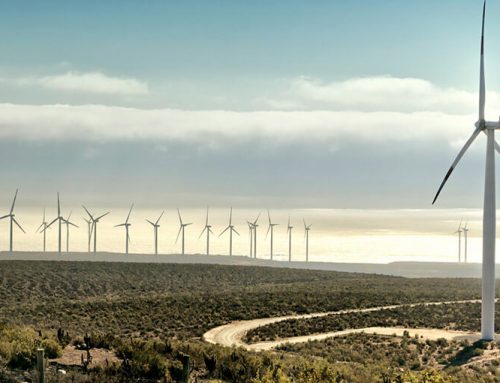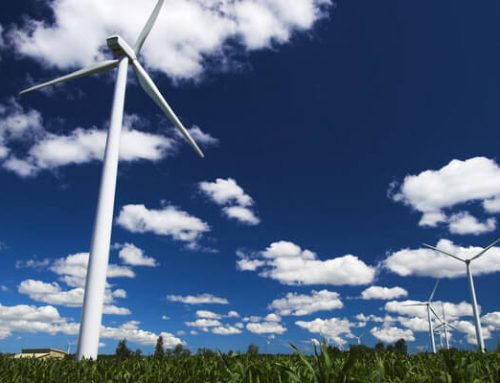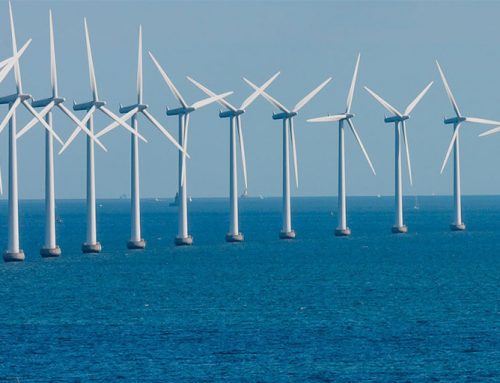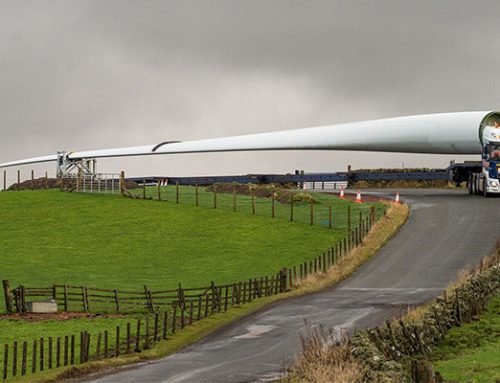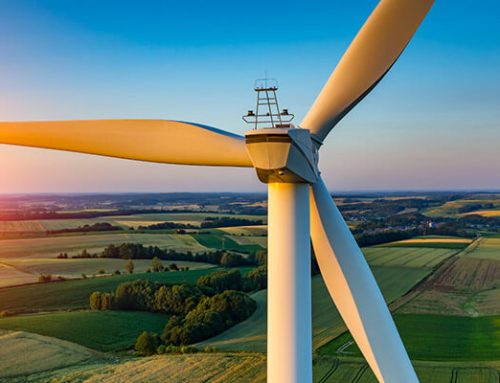In 2009, America offers a suggestion of developing offshore wind energy, and starts to built a series of offshore wind farm projects right after that. In this article, we will introduced the construction situations of American offshore wind energy projects in recent years. Also, we will discuss the main developing features of American offshore wind energy. At last, we can together find out the main features that hold back the development of American offshore wind energy and the challenges they are facing.
America has excellent offshore wind energy resources, and great offshore wind energy developing potentials. The offshore wind energy sources in USA mainly concentrate on the Grate Lakes region, east coast area, west coast area, the bay areas, Hawaii, and Alaska. According to the estimation by the National Renewable Energy Laboratory, the reserves of American offshore wind energy is about 4000GW, which is qualified for offshore wind energy development.
The Proposal of Offshore Wind Energy Development
In 2009, Obama administration and the former Minister of the interior Salazar present the proposal of development of the U.S. coastal continental shelf renewable energy. On October 1st, 2011, the United States Department of the Interior established Bureau of Ocean Energy Management, Regulation and Enforcement (for short: BOEM) under the authorization of the federal government. One of the main targets of BOEM is to serve the promise of ocean energy development and the promotion of American ocean energy development which is made by Obama administration. Except the offshore wind farm projects, the institution also aimed to promote the marine tidal energy and marine solar energy development projects, at the same time, the institution also developed a series of works which is related to the environmental assessment of marine development.
Why America is Focusing On Offshore Wind Energy Development?
Offshore wind energy is only a small part of the complete renewable energy strategy, but American government surely paid much attention on offshore wind energy development. There are four reasons that why American government is focusing on offshore wind energy development:
- Firstly, compare to onshore wind farms, there are little limits about wind farm site choosing, wind speed, electricity transmission, and the distance between wind farms and residential communities. Moreover, the efficiency of offshore wind energy is 20% – 40% higher than the efficiency of onshore wind energy.
- Secondly, during the operating process of wind energy generation systems, they will create radiated noise. As offshore wind farms are far from the residential communities, it can reduce the noise pollution hazards to our daily life.
- Thirdly, the best onshore wind farms in America are located at the Great Plains where few people tread. But the offshore wind farms are mostly located at the east coast area which has dense population. In that case, there is no need to built electricity transmission cables in long distance, and also avoid the capacity expansion problem of current cables.
- Fourthly, the size of ocean wind energy matches the urban power spectrum. Normally, the sea wind starts to get stronger in the afternoon, which is perfect matched the peak time of east coast cities. Moreover, offshore wind turbines are larger than onshore wind turbines, which significantly increased the power generation capacity of offshore wind farms. The installed capacity of an onshore wind turbine is about 2.5-3MW, which can supply the electricity consumption of 1500 households. At the same time, the installed capacity of an offshore wind turbine is about 3.6MW, which can supply the electricity consumption of 3300 households.
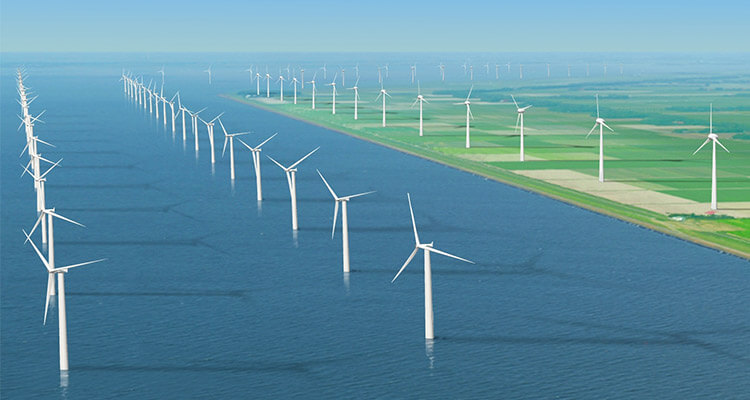
The Construction of Offshore Wind Farm Projects
As an important renewable energy source, offshore wind energy has been included in the US national clean energy program. But the progress of America offshore wind farm projects are slow. Right now, American offshore wind farm projects still stay in the stage of early study on demonstration and development.
Advanced Demonstration Projects
In 2012, the United States Department of Energy chooses four offshore wind farm demonstration projects, each projects got $4 million government funds to finish the first stage of the project (includes the assessment and planning of the project and site selection). The development of these offshore wind farm demonstration projects will help the establish of further commercial offshore wind farm projects. In May, 2014, the United States Department of Energy decided to push three of the demonstration projects into stage 2 (the advanced stage, includes the following design, manufacturing and deployment), and the United States Congress will appropriate $47 million to help process the following works.
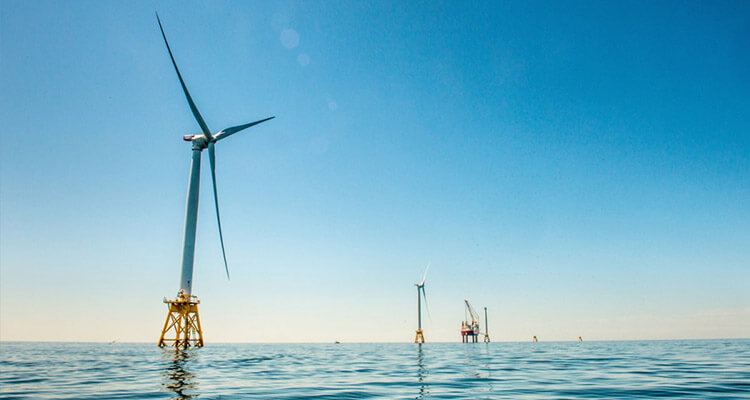
Offshore Wind Farm Demonstration Projects in Advanced Stage
The wind farm projects match the following conditions can be classified as “Offshore Wind Farm Projects in Advanced stage” :
- The projects that obtain temporary or commercial leases in state waters or federal waters.
- The projects that has finished the baseline of the candidate site or geophysical research, use meteorological tower to collect data, or use geological and geophysical data acquisition system.
- The projects has signed the PPA (power purchase agreement) with power contractors.
Table 1 Current America Offshore Wind Farm Projects in Advanced Stage
| Projects | Installed Capacity(MW) | Wind Turbine Numbers | Offshore Distance | Mean Depth of Water | Wind Turbine Model |
| Block Island Offshore Wind Farm (Deepwater) | 30 | 5 | 3 | 22 | Alstom Haliade 6MW |
| Cape Wind Offshore | 468 | 130 | 8 | 10 | Siemens SWT-3.6-10167 (3.6MW) |
| Ocean Offshore Energy: Saint Thomas | 7.5 | 3 | 〈1 | 22 | Mingyang 2.5MW SCD |
| Fishermen’s Energy: Phase Ⅰ(Atlantic City Wind Farm) | 25 | 5 | 3 | 115 | XEMC-DarwindXD115 (5MW) |
| Virginia Offshore Wind Technology Advancement Project | 12 | 2 | 27 | 26 | Alstom Haliade 6MW |
| Principle Power-Wind Float Pacific | 30 | 6 | 15 | 365 | Siemens SWT-6.0-154 (6MW) |
| Fishermen’s Energy- Phase Ⅱ | 330 | 66 | 7 | 17.5 | XEMC-DarwindXD115 (5MW) |
| Galveston Offshore Wind (Coastal Point Energy) | 150 | 56 – 75 | 7 | 14.5 | XEMC-Z72-2000 (2-2.75MW) |
| Lake Erie Offshore Wind Project (Great Lakes) | 27 | 9 | 7 | 18 | Siemens SWT-3.0-101 (3MW) |
| University of Maine | 12 | 2 | 13 | 95 | 6MW |
| Garden State Offshore Energy Wind Farm | 350 | 58 – 70 | 20 | 27 | 5MW or 6MW |
| Deepwater ONE | 1000 | 167 – 200 | 20 | 40 | 5MW or 6MW |
| Dominion Virginia Power-Virginia WEA Lease Project | 2000 | 333 | 27 | 25 | 6MW or more |
| NRG Bluewater’s Mid-Atlantic Wind Park | 450 | 150 | 12.7 | 20 | 3MW |
